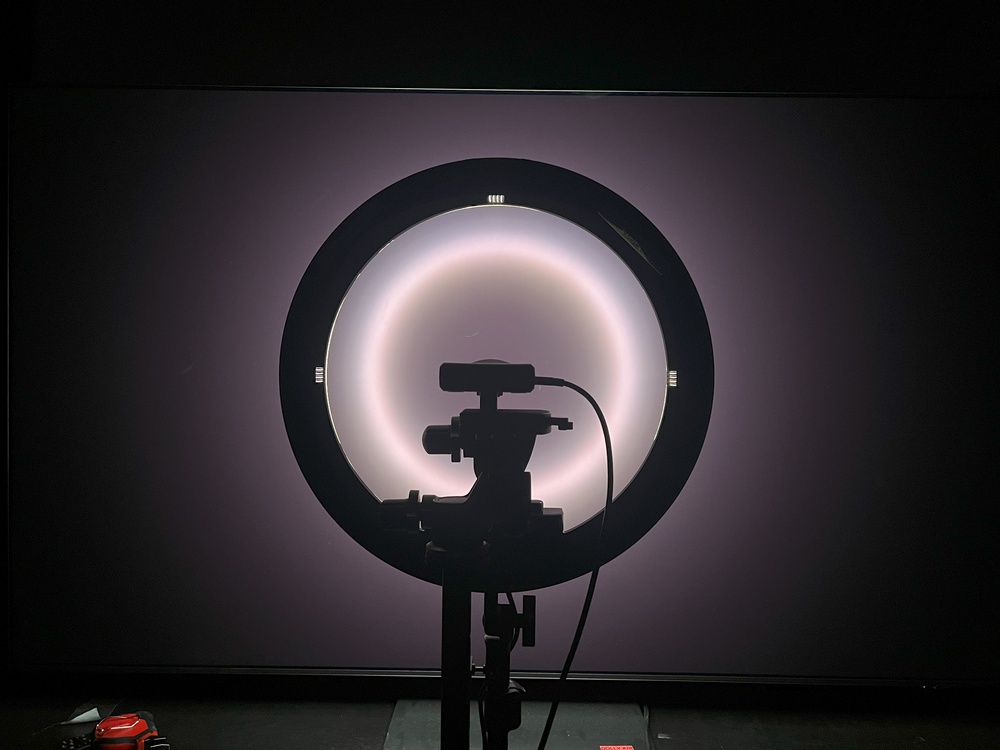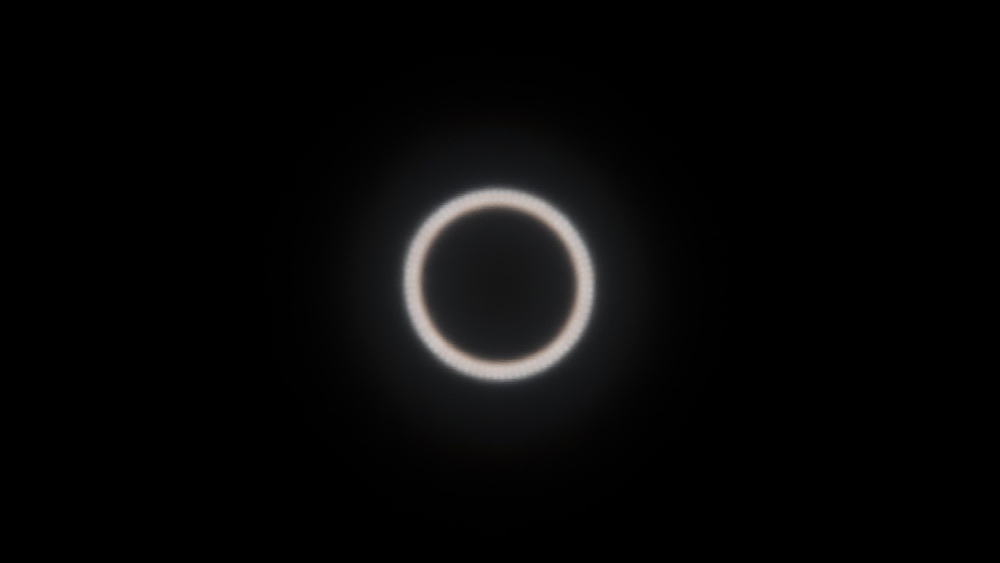If you watch TV in a well-lit room, especially one with large windows, you've likely noticed how distracting direct reflections can be. Glare is one of the biggest factors that can hinder your viewing experience when watching television or playing video games. Unlike laptops or phones, TVs typically can't be repositioned to avoid reflections. Therefore, it's important to choose a TV with effective direct reflection handling and high peak brightness; otherwise, it may be difficult to see the screen clearly. TV screens are designed to absorb and reflect light in different ways, and the material used for the screen finish plays a significant role in how they deal with glare.
We test a TV's direct reflection handling using objective methods to determine how much light it absorbs and reflects. You can read about reflection handling on monitors.
Test results
Test Methodology Coverage
We added this test as part of our 2.0 test bench update. Before that, we had a different Reflections test, and while they're similar, they're not identical, and their results aren't comparable. However, the bright room photo is taken the same way as it was in the previous test bench, so they're comparable. Learn how our test benches and scoring system work.
| 1.11 | 2.0 | |
|---|---|---|
| Direct Reflections - Intensity | ❌ | ✅ |
| Ring Light Picture (Dark Room) | ❌ | ✅ |
When It Matters
If you watch TV in a bright room with large windows or place multiple lights directly opposite the screen, pay close attention to how your TV handles reflections. Excessive reflections distract viewers, and a TV with limited brightness can make the picture even harder to see. Remember that every TV reflects some light, so you can't entirely avoid reflections when you watch in a bright environment.
Our Tests
When light shines on a display, most of it is absorbed by the screen, but some is reflected back towards the viewer. We want to know how intense those reflections are. Also, depending on the panel's coating, not all light is reflected the same way; some light comes straight back to the source, like a mirror, while other light is scattered across the screen.
We take two photos of the TV while it's turned off for our TV reflections test. In the first photo, we place it in a bright room with lights shining directly on the screen to show how it looks in a well-lit environment. In the second photo, we position a ring light exactly nine feet in front of the panel in a dark room to capture the intensity of reflected light—our objective marker for how well the TV handles direct reflections. We derive the final score from scientific measurements rather than these photos, which serve only as a visual reference for reflection handling. We also verify the type of screen finish the TV uses.

Picture (Dark Room, Off)
We take a second photo with the lights turned off. We install a ring light exactly nine feet away from the TV, as it's a practical distance to use for any TV regardless of its size. It's also the distance at which most of our pictures are taken. We then place a black backdrop behind the light to eliminate any light bouncing off nearby walls. This test shows how the TV handles reflections independent of its content and how they appear in dark scenes. We measure the intensity of reflected light to gauge its performance under these conditions.
Here, again, the ring light is much more visible on the Sony BRAVIA 3 than on the Sony A95L.
Intensity
When light hits the screen, it does one of three things: it's absorbed by the screen, reflected directly back (like a mirror), or scattered across the screen. Our intensity score indicates how intense the reflections are.
To measure the amount of light a TV reflects, we power off the TV in a dark room and use a Neewer RP18B Pro ring light, always installed exactly 9 feet away from the panel, to light up a portion of the screen uniformly. We install a non-reflective black backdrop behind the ring light to eliminate any reflections from the surrounding walls. We use a Nikon D750 camera to capture a shot of the ring light reflection from the screen. With the photo, we calculate the total intensity amount, with 0% being black and 100% being pure white. As the calculation is done using the photo, a score of 100% indicates clipping on the camera, and thus, the final % is how close the image is to being clipped.
Additional Information
Reflections & picture quality
Reflected light changes how you perceive the colors your TV generates and can wash out certain details. Smeared reflections also raise the TV's black levels. In a bright room, increase the backlight to help the TV outcompete other light sources, preserve image accuracy, and retain visible detail.
For more on this see our articles on Total Reflected Light, Ambient Black Level Raise, and Ambient Color Saturation.
Glossy screens, matte screens & contrast
A TV's screen finish strongly influences how it reflects light. Glossy screens produce intense, mirror-like reflections, but because these reflections remain well-defined rather than smeared, blacks can still appear deep and inky (though this depends on the panel).
Matte coatings diffuse reflections more widely across the screen. This diffusion lessens their visual impact but also raises black levels and reduces the perceived depth of dark areas. Whether this trade-off affects picture quality depends on your room's lighting conditions.
Below, we see how the matte coating on the Hisense CanvasTV QLED 2024 spreads out the reflection more than the glossy coating on the TCL QM8/QM851G QLED.
How To Get The Best Results
Position your TV so that no direct light shines on the screen. Raise the backlight or OLED setting to a level that suits your environment. A TV with high SDR brightness helps combat glare, so if you watch in a well-lit room, look for a model with both high peak brightness and strong reflection handling.
Conclusion
If you don't watch TV exclusively in a dark room, you likely deal with a few direct light sources. Although you should avoid placing your TV directly opposite bright lights, that isn't always possible—so you need a TV with strong direct reflection handling. We test reflection handling to see how each screen disperses and absorbs bright light. Glossy TVs absorb the most light but reflect it more like a mirror, which isn't ideal for rooms with direct light sources. In brighter spaces with multiple light sources or large windows, a matte finish may help. Above all, prioritize a TV with high peak brightness to combat glare effectively.



